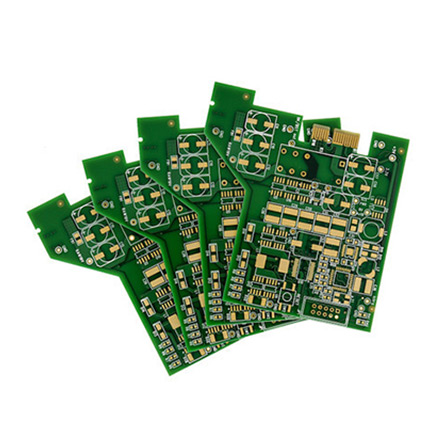

The Advantages of Low-E Toughened Glass
In recent years, the demand for energy-efficient building materials has surged, as architects, builders, and homeowners look for ways to reduce energy costs and environmental impact. One of the most innovative solutions in this area is low-emissivity (low-E) toughened glass. This specialized glass combines the benefits of energy efficiency with enhanced strength, making it an ideal choice for modern construction.
What is Low-E Toughened Glass?
Low-E toughened glass is a type of glass that has been treated to reduce its emissivity while also undergoing a toughening process to increase its strength and durability. The low-E coating, which is typically made from a thin layer of metal or metallic oxide, helps minimize the amount of ultraviolet (UV) and infrared light that can pass through the glass without compromising the visible light. This means that while it allows plenty of natural light into a building, it effectively reflects heat back indoors during winter and keeps it out during summer. The toughening process involves heating the glass to high temperatures and then rapidly cooling it, producing a product that is far stronger than standard glass.
Energy Efficiency and Cost Savings
One of the most significant advantages of low-E toughened glass is its superior energy efficiency. Buildings equipped with this type of glass maintain more stable indoor temperatures, reducing the demand for heating and cooling. Consequently, property owners can expect to see a significant reduction in energy bills. In many cases, the initial investment in low-E toughened glass can be recouped within a few years through these savings. Additionally, many governments offer incentives for using energy-efficient materials, making this a financially sound decision for homeowners and builders alike.
Environmental Impact

Using low-E toughened glass also has a positive environmental impact. By improving energy efficiency, these glass products contribute to a reduction in greenhouse gas emissions. Buildings that consume less energy ultimately require less power generation, which can lead to decreased reliance on fossil fuels. Moreover, the longevity and durability of toughened glass reduce the need for frequent replacements, further minimizing its environmental footprint.
Enhanced Safety and Security
In addition to its energy-saving properties, low-E toughened glass provides enhanced safety and security features. The toughening process makes it resistant to impact and less likely to shatter compared to standard glass. This is particularly important for larger windows or glass facades in commercial buildings, where safety is a paramount concern. Many homeowners also prefer toughened glass for its security benefits, as it is more difficult for intruders to break through.
Versatility in Design
Low-E toughened glass is not only practical but also versatile in design applications. Its aesthetic appeal allows it to seamlessly blend into various architectural styles, whether modern or traditional. With a variety of options available, including different tints and coatings, architects and designers can create unique visual effects while still benefiting from the energy-efficient properties of the glass.
Conclusion
In summary, low-E toughened glass represents a significant advancement in building materials that combines energy efficiency with enhanced strength and safety. Its ability to effectively regulate temperature, reduce energy costs, and contribute to a sustainable environment makes it an increasingly popular choice for new construction and renovations alike. As the industry continues to evolve and prioritize sustainability, low-E toughened glass will undoubtedly play a crucial role in shaping the future of energy-efficient architecture. Whether for residential or commercial use, this innovative glass option is an investment in both comfort and environmental responsibility.